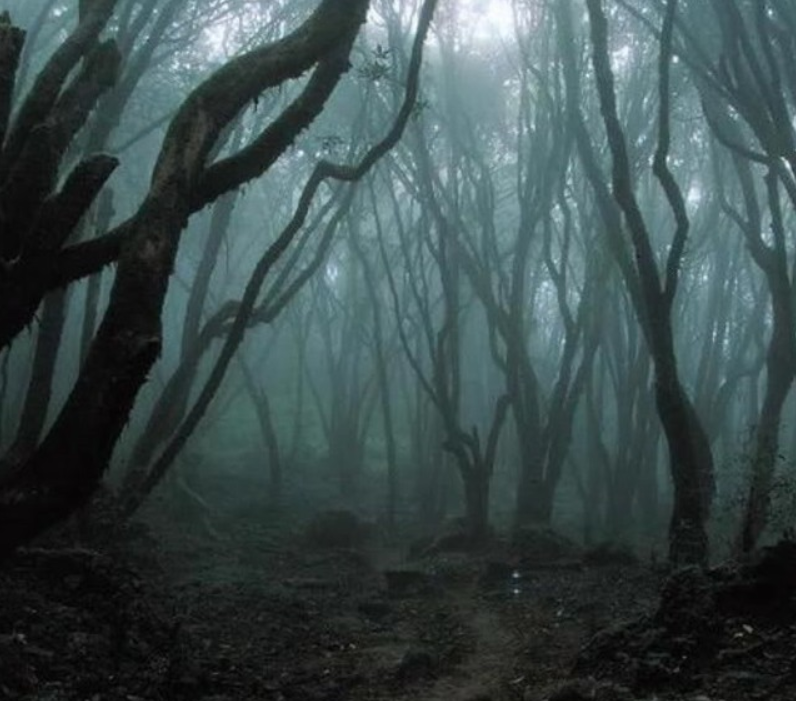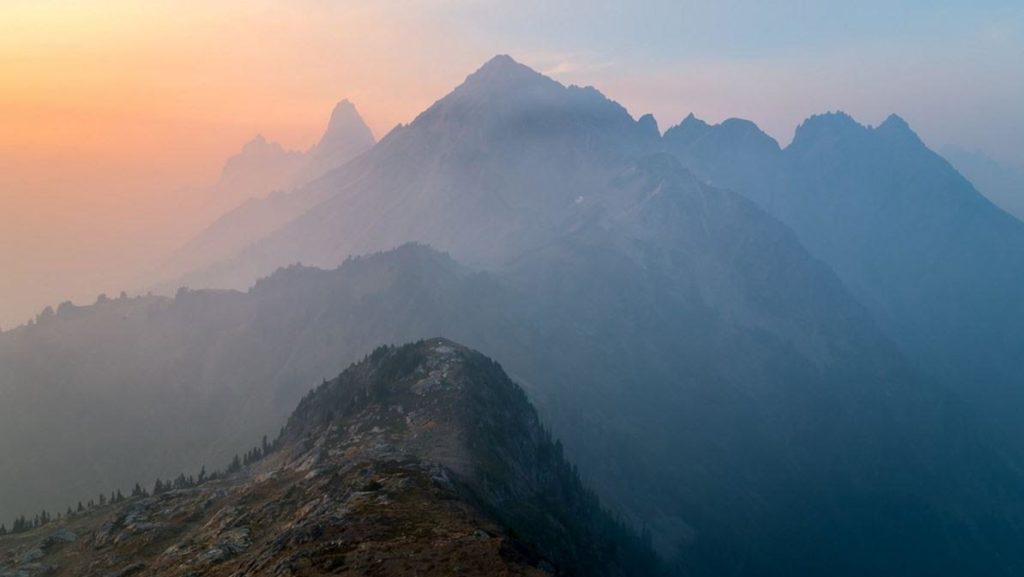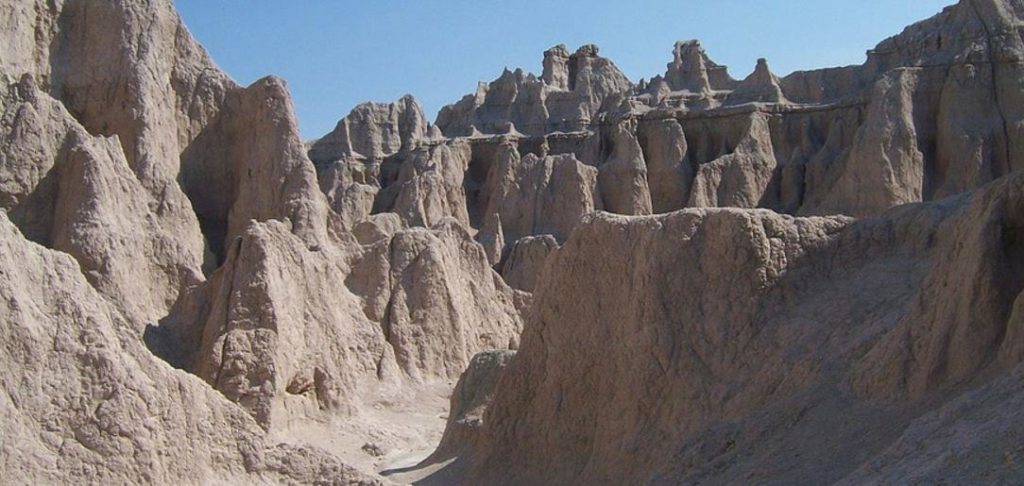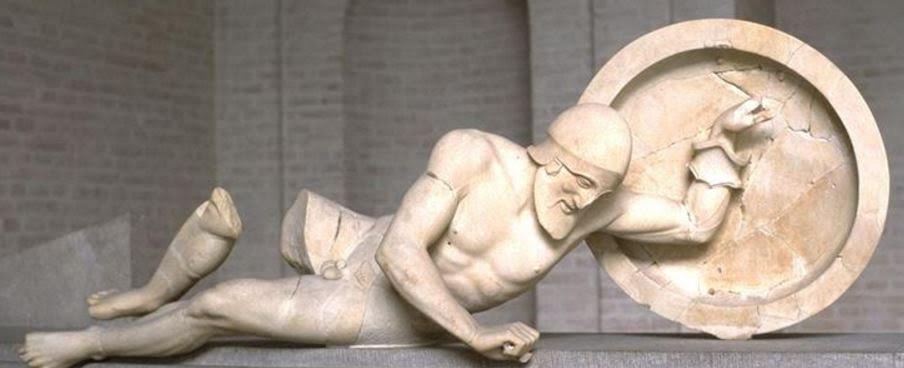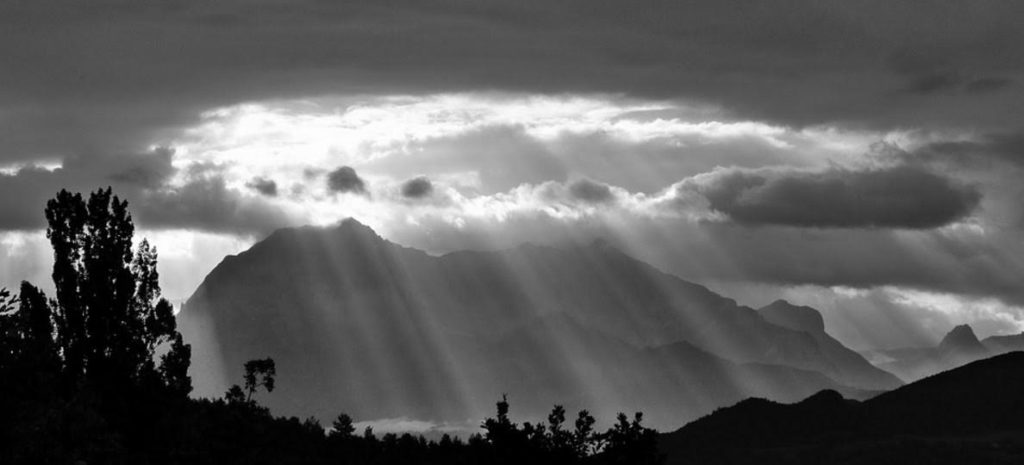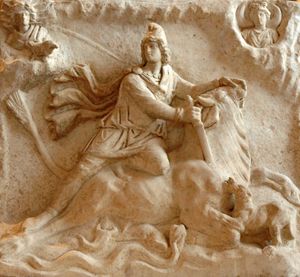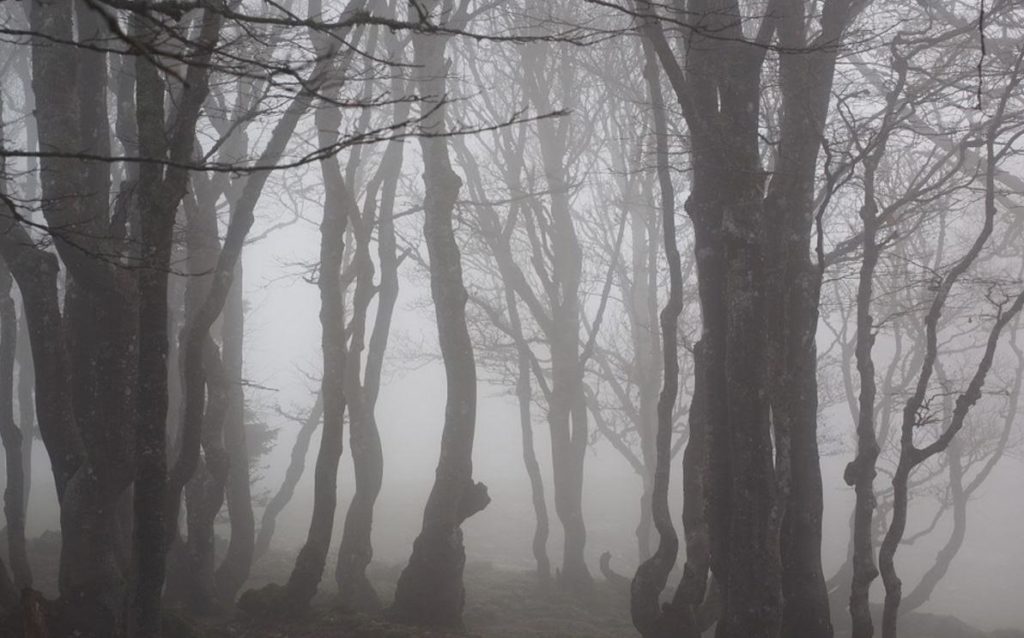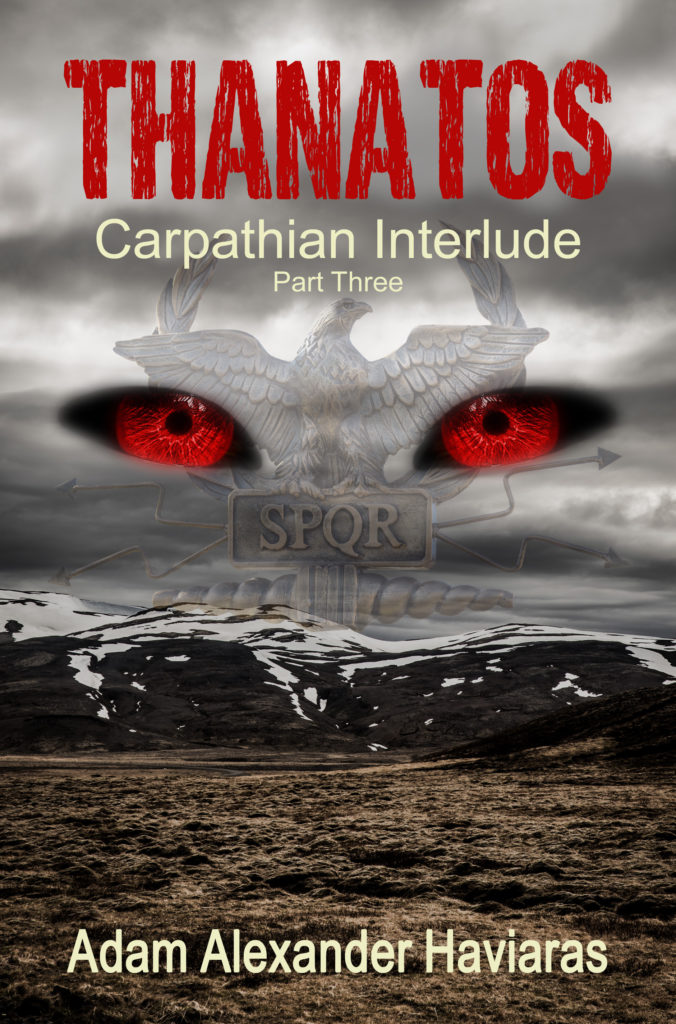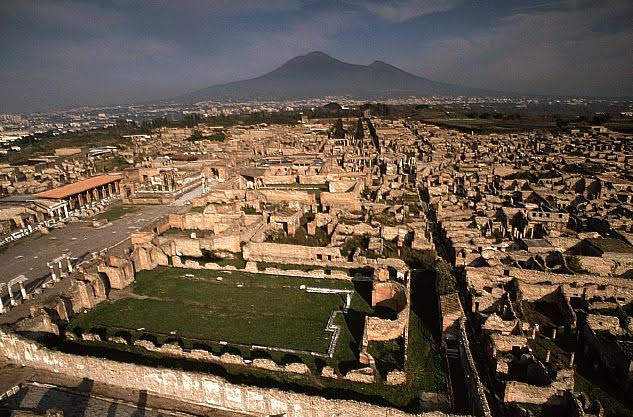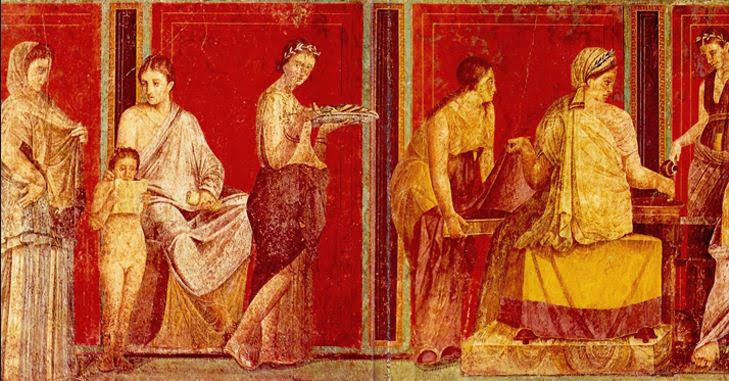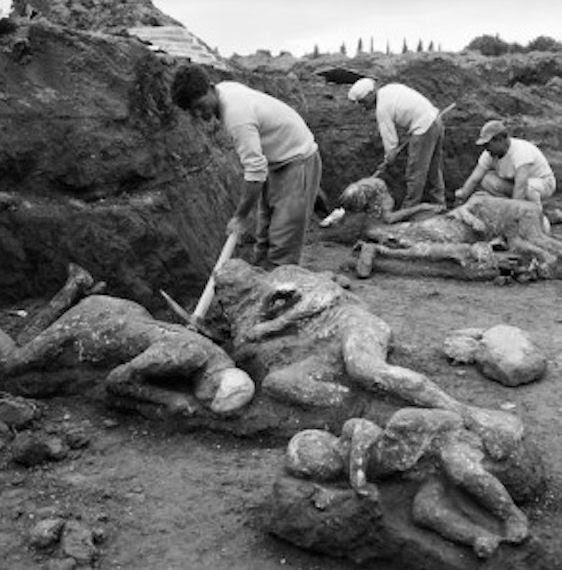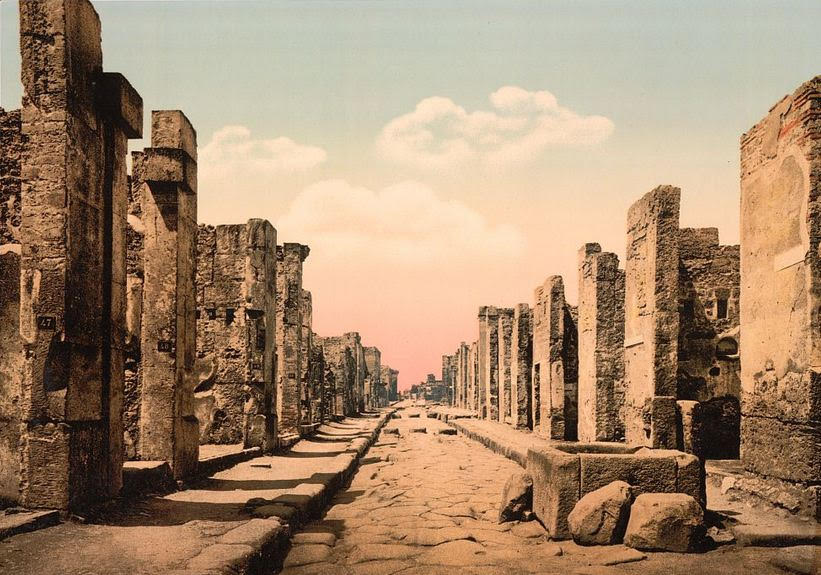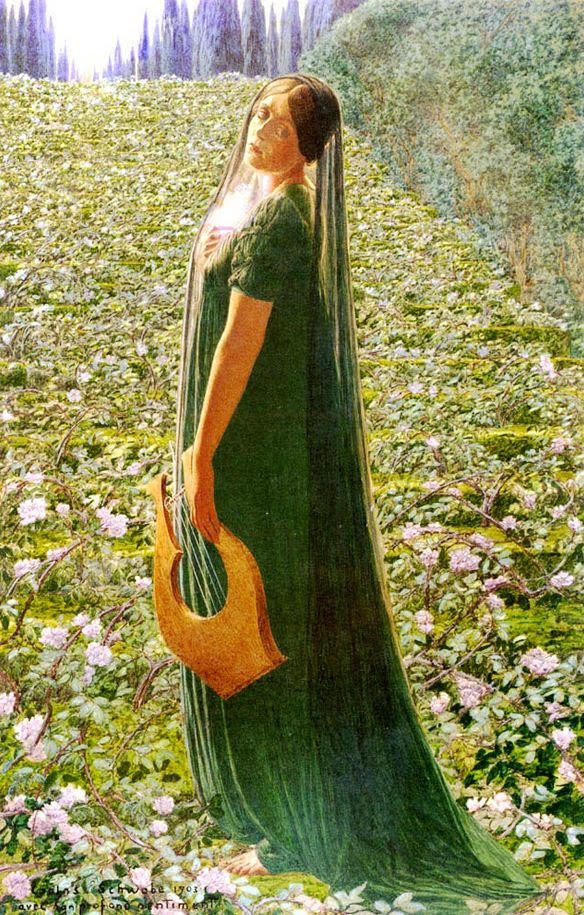
Elysian Fields by Carlos Schwabe, 1903
One of the many things that I truly love about writing historical fantasy is that the genre allows you stretch your imaginative wings, to envision and describe places that are not the usual destination. You can go beyond the castle wall or the villa peristyle to places that are often relegated to the remote locales reached only by the soul.
Heaven and Hell, the idea of a land where the dead go on to an afterlife of eternal bliss or torment, is something that is common to most world religions. There are, of course, many names for these places and they all differ a little. For the ancients, when it came to Paradise, that place where those who lived with virtue in life go to, it may have been called Aaru, the Egyptian Field of Reeds or for the ancient Welsh Britons, Annwyn, the land of eternal youth and plenty. The Greeks and Romans believed in the Elysian Fields and the Norse in Valhalla. They are places of peace, prosperity, happiness and honour.
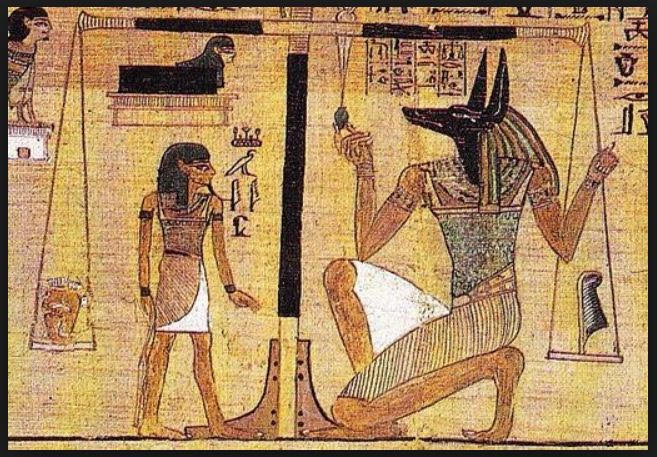
Anubis, weighing the heart of the recently dead
Likewise, most traditions have a place to oppose Paradise – Hell. There is often an in-between realm as well, such as Purgatory or the Norse Hel. On their way to the afterlife, Egyptians’ hearts were weighed in the scales against a feather with Anubis looking on. For ancient Greeks and Romans, Hades was the land of the dead where souls could linger forever and Tartarus was the tortuous hell, the opposite of Elysium. To get to these places, the dead would have to cross the river Styx, ferried by Acheron who demanded his gold piece.

Acheron – The Ferryman
I am but mentioning a few traditions. There are so many, and every culture has its own idea as to what is good and what is unbearable in the afterlife. They’re not often described in detail because, well, most of the time those who go don’t come back to sketch it out.
This is where writing historical fantasy can really be a thrill to read and write. The beauty of it is that you can indeed explore Hades, or Valhalla or wherever you wish to go. The Land of the Dead can be whatever you envision it to be. As a literary device, it can allow you to visit the innermost hopes and fears of your characters, to have them interact with the dead, famous people, departed loved ones, or enemies whom it would otherwise be impossible for them to meet with.
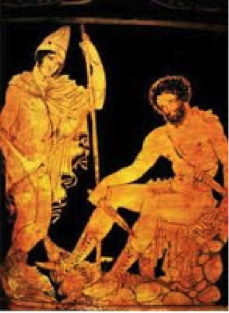
Odysseus and Teiresias in Hades
Some authors have used the Afterlife or Underworld to great effect in their storytelling, and one that stands out in particular to me is Alice Borchardt, author of the Legend of the Wolf series. In The Silver Wolf, the first book of the series, Ms. Borchardt’s heroine, Regeane, journey’s through the temple of Cumae to the Land of the Dead. The descriptions of what the character sees and experiences are fantastic examples of how an author can unfurl the sails of creativity and imagination in these other realms. Few descriptions have had me so rapt by the images they portrayed.
She started down the aisle of the temple past the tall pylons that seemed like deadly trees spouting leaves of flames, on into the distant waste… A cry of sorrow so profound, so bitter, that it seemed beyond hope or even love. A desolate, lonely sound, the weeping of one condemned to wander forever without either consolation or rest.
Here one is introduced to the great sadness and horror upon entering the Land of the Dead. You read of souls who scramble about mutilated yet still fawning over their previous state of beauty or strength, of wraiths whose exposed bones will bleed for all eternity. The waste of the Land of the Dead is that in between place, neither Tartarus nor Paradise but a place for passing through, or staying in infinite limbo. After passing through the burning wasteland, Regean meets with her dead father who carries her across the river of fire, a sort of Styx boundary before she is able to reach paradise and seek the soul she needs, Daedalus. The scene between her and her father, who was murdered when she was a child, is very poignant. When she reaches Daedalus’ Garden, the place is full of beauty.
She found herself on a flagged path walking toward a distant fountain. The path was bounded by flowers. They bloomed everywhere, riotously indifferent to the season… Rank upon rank of velvety purple lavender, thick clary sage, clover white, yellow, and purplish red, hugged the path as a border… Other taller ones behind them lifted crisp petals twisted back, orange and scarlet as though they waited breathlessly for the sun. Behind them, twinning among the tall cypresses were the roses. Single, double, red, pink and white, and on their petals scattered as stars are across the night sky, lenses of dew catching the light of the rising sun and turning it into a thousand tiny rainbows.

The Silver Wolf – Alice Borchardt
Ms. Borchardt certainly has a beautiful view of paradise, a welcome reward after dragging the reader through the sad wastes on the other side of the river. One last beautiful moment occurs when Regeane meets Daedalus who is able to heal the person she has come to seek healing for. Meeting someone of past importance or fame has been used by others. Homer has Odysseus journey to Hades to see Teiresias, and Virgil writes about Aenaeas heading into the underworld to see his father Anchises. To hear the dead talk can be a beautiful or terrible thing, a sad remembrance of better times long past, of an age before the horrors of humanity. Daedalus remembers:
…many years ago, in my youth, I was born on Crete, that fair island set in a lapis sea. Ah, it was the earth’s morning then, and we were the first to taste her bountiful fruits. We tamed the wild grapes grown on the mountainsides. Soft tiny, purple globes, fair and round as a woman’s lips. Our fields were golden with wheat, bowing before the sea’s breeze. Long dead as I am, I can still taste the soft, white loaf that wheat made. Still scent the bouquet of the wine we drank with it.
This wistful soliloquy of Daedalus’ is beautiful and sad (and much longer than the excerpt above) and challenges the character, indeed the reader, to think on the deeds of the present, reflect on the outcomes of our actions and the actions of those around us. The dead have the benefit of great hindsight and living mortals would do well to take note. By granting characters a glimpse of the land beyond, the horror and the beauty, they can benefit from a perspective that can give them an advantage, a Deus ex machina to aid them in their hour of need.

Aenaeas in Elysium
This weekend is All Hallow’s Eve, or the sacred time of Samhain, the time when the veil is thin and the dead, our ancestors believed, roamed the earth. To our ancestors, the dead were not always to be feared, and the festival we now call Halloween (October 31st), was a time to celebrate.
How will you be celebrating? Do you fear the dead? Do you light orange talismans against them? Or do you use the time to contemplate the Afterlife?
As ever, this is a time of mystery, fear, and wonder. Whatever you do on October 31st, enjoy and be safe…
Thank you for reading.
If you are looking for a scary historical read this Halloween, you may wish to check out books I and II of the Carpathian Interlude series (IMMORTUI and LYKOI). Romans, Zombies, and Werewolves in the Carpathian mountains and the forests of Germania. It doesn’t get much scarier than that for a Roman soldier!
